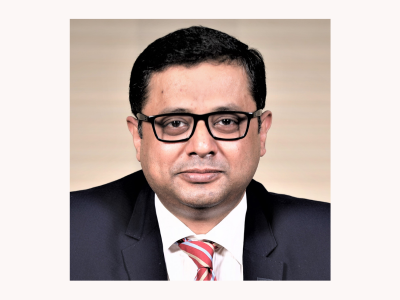Listen to this article
Flexicap funds command the highest share of assets across all equity fund categories. What are the three key reasons for this popularity?
There are three reasons of popularity:
- Flexibility - Flexicaps, as the name suggests, is the most flexible and agile equity mutual fund category. The fund needs to be minimum 65% invested in Indian listed equities. The type of equities and the amount to be invested in which securities is at the discretion of the fund house and fund manager. This flexibility is the main feature and attraction of the category
- Outsourcing - Investors are investing in mutual funds for diversification and to do so decision-making is outsourced to an informed and regulated institution (in this case the fund management team of the fund house). So, the decision to invest in which market cap segment (large cap, mid cap or small cap), which sectors and in what quantity is left to the expertise of the market participants, i.e. the fund managers
- All weather - As the funds can invest anywhere in the equity market cap space, flexicap funds are suitable for all types of investors at all points of time. Hence, investors have chosen to invest the largest amount in this category. They have an optimum allocation across market caps and the fund manager has the option to switch between caps as need be. In all weather, investors are participating via the fund house investment framework
Flexicap funds are like multicap funds and ELSS. What additional benefits can investors get by investing in flexicap funds that are not possible with multicap and ELSS?
Flexicaps are different from multicaps by a large margin. Multicaps stipulate a minimum of 25% and maximum 50% allocation (minimum 75% invested in Indian listed equities) at all points of time to all three market cap buckets (large, mid and small caps). ELSS while could be managed like flexicaps have a significant time lock in feature of three years and a minimum 80% should be invested in Indian listed equities at any point of time.
Flexicaps need to be minimum 65% invested in Indian listed equities at all point of time with no criteria or minimum investment to invest in any market cap bucket, sector or a lock in period. The investment rationale could be based purely on merit and growth potential and in line with the investment objectives of the fund.
Where do flexicap funds fit into client’s portfolio?
They are clearly the core holding of their mutual fund allocation into equities. As shown by industry AUM data, (as of end Feb 2024, Source: amfiindia.com – flexicap category net AUM is 3.44 lakh crore, which was the largest of all equity scheme categories).
Why do you think it is the right time to invest in flexicap funds especially when the markets have been trading at their all-time high valuations across capitalization?
Whether equity markets are high or low, the flexicaps remove the decision-making peril of choosing a particular market cap or sector at any point of time. This decision is best left to the fund management team which has the information & capability to make the right investment decision. Investors need to maintain a medium to long term, i.e. five years and beyond investment horizon and the fund will allocate accordingly based on market conditions and valuations.
Many investors end up buying large cap companies in a flexicap portfolio. Your comments…
Investors invest in flexicaps. Fund managers invest in large mid and small cap companies in flexicaps. With growth in size and suitable allocation opportunities, flexicaps tend to have more of large cap in their allocations. Large caps have market share and leadership, they also have the market capitalization and absorption capacity for large equity flows. With time and growth, some non-large cap could have become large caps and continue to grow. So, holding a large cap stabilizes the portfolio and could give potential growth opportunities.
Many MFDs believe that they should go with existing flexicap funds with a long-term track record. In such a scenario, why they should recommend your flexicap fund to their clients with one year track record?
That is the right approach to judge a fund that is to consider at least some track record. Track record shouldn’t be to check only past returns but also to see how the portfolio has behaved during cycles of market growth and downsides. Looking at upside and downside ratios could also give a deeper understanding of the fund’s behavior rather than just absolute past performance. There are other evaluation parameters which could be various ratios as available, which could help in decision making.




